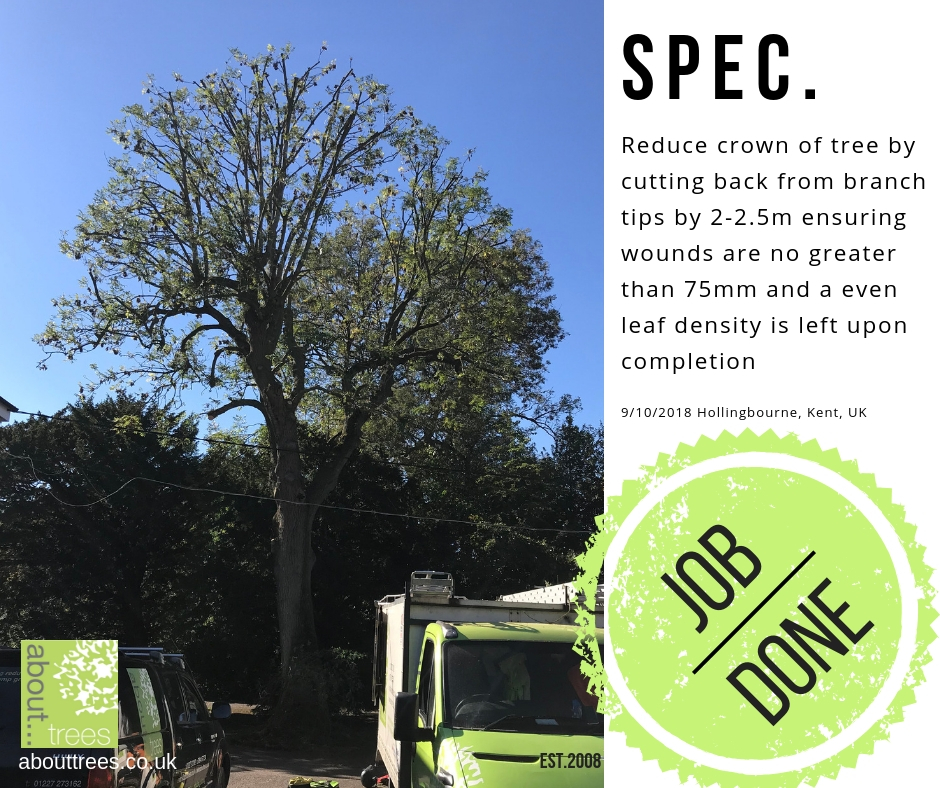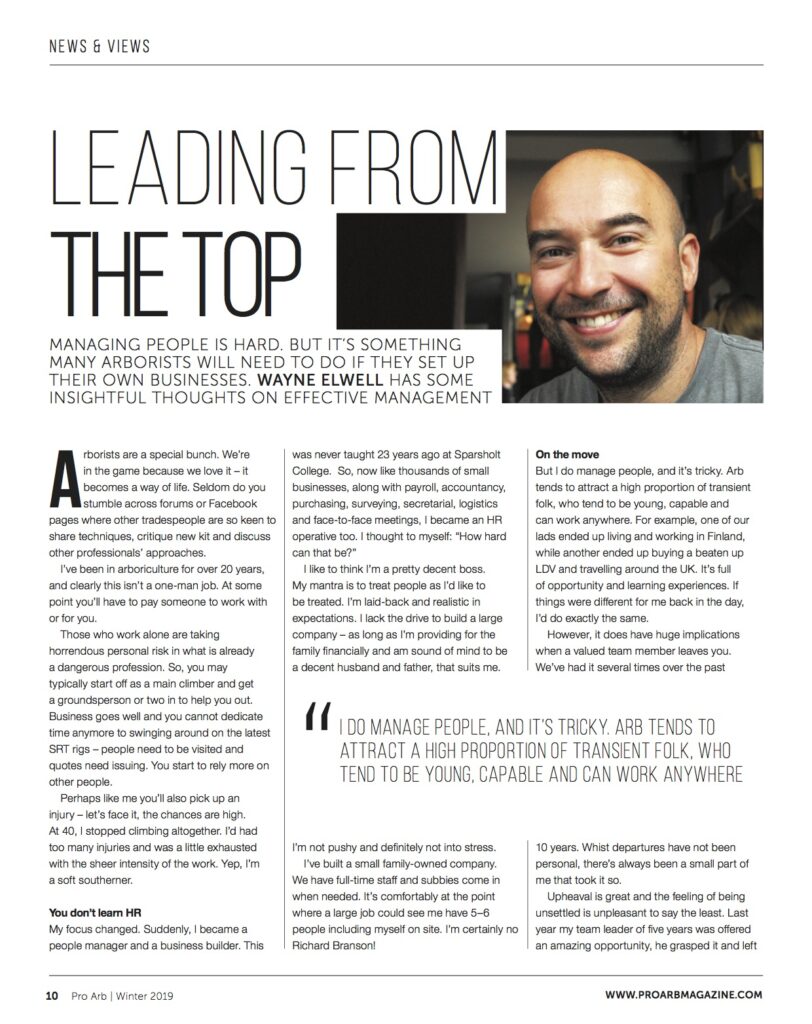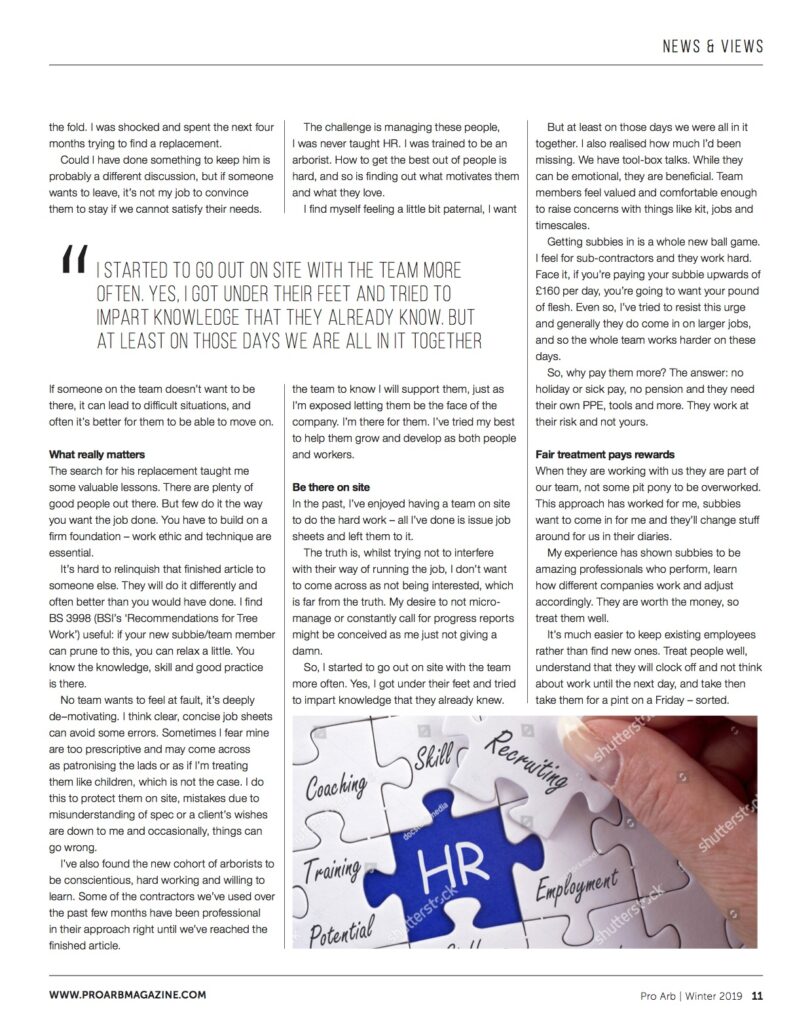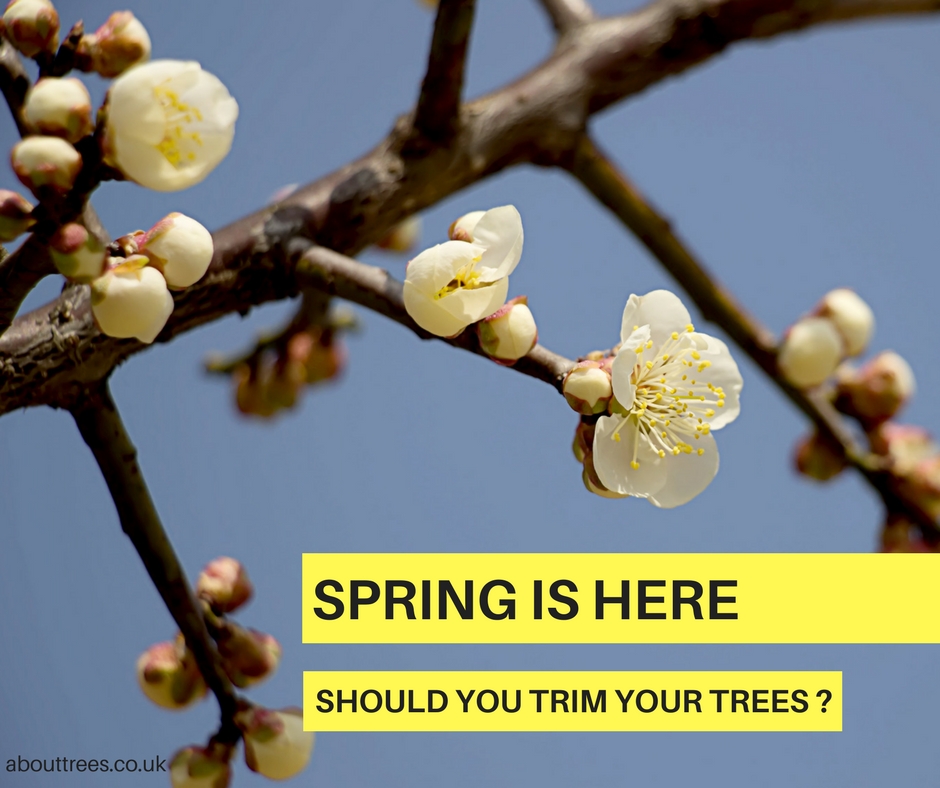
If you’re wondering whether or not you should trim your trees in spring time then read our blog!
Spring is here
It’s the time of year that is most anticipated, we’ve got through a very difficult Winter, we’ve endured The Beast from the East – twice. Finally we can say Spring is here. I love the first flush of blossom usually Prunus spinosa – blackthorn, followed closely by Crataegus monogyna – hawthorn. The hedgerows suddenly become a riot of colour. The birds start singing. Such a welcome return. Our phone also starts getting busy as people start to venture back into their garden. But is it the right time of year to prune your trees?
It’s all about timing
All decent tree surgery companies or stand alone Arborists should refer to British Standards (Bs 3998 2010) when specifying tree works. The scheduling of pruning is down to the Arborist to suggest. Clearly sometimes there are constraints in place that remove the “perfect world scenario”. For the most though we can as the professional suggest if the scope of works the client wants is suitable during springtime. Or indeed any other time of year.
The effects on the tree of both seasonal factors and weather conditions should be taken into account before pruning is undertaken. This is the Arborists time to shine!
He or she should adopt the mindset of avoiding work that would adversely affect the structural integrity and sustained growth of the tree in question.
Principles
So, spring is here. What’s the score?
Ideally as a general principle for maintenance of vitality, trees should NOT be pruned during SPRING GROWTH.
It’s best practice is to avoid pruning trees as they are coming into leaf – trees drain their reserves of energy (carbohydrates) stored within the wood to produce new leaves. Pruning trees at this time results in reserves being further depleted. Their wound response creates chemical barriers to wall off internal compartments within the wood to resist the spread of decay. This leaves them more vulnerable to pathogens and less able to produce vigorous and healthy new shoots.
Obviously some trees are pruned at this time, and most do not immediately decline or die, but the older the tree or the poorer its condition the more likely there is to be an impact on its health, vitality and resistance to disease in the long term.
Once fully in leaf (new leaves have fully opened & matured) it is perfectly acceptable to prune – the next time to avoid is when trees prepare for autumn, as they are then using reserves to wall off their leaves, which leads to leaf fall.
As a note they should not also be pruned during periods of water stress.
How long to wait?
Well, we need to halt pruning until the new leaves have fully expanded and matured, or starch reserves have been replenished.
Obviously, there are always exceptions to the rule, this is also down to the Arborist’s expertise to advise the client as to which species these may be.
Essentially, as always it’s a gentle balancing act between the wishes of the client, the health of the tree and offering honest professional advice
Paternal
I find myself feeling a little bit paternal to the team, I want them to know I have their back, just as I’m exposed letting them be the face of the company, I’m also there for them. I’ve had people before with personal problems at home, difficult family life, tricky ex girlfriends and I’ve tried hard to support and understand.
In the past I’ve enjoyed the fact that I’m a Boss and have lads on site to do the hard work. I’ve rocked up in the morning issued the job sheets and left the them to it, truth is whilst trying not to interfere with their way of running the job it just comes across as me not being interested which is far from the truth.
My desire to not micro-manage, constantly be calling for progress reports or be Alpha male had been conceived as me just not giving a damn. This is easily changed; I started to go out on site with the team more often. Yes I got under their feet and tried to impart knowledge (that they already know) but at least on those days we are all in it together. I also realised how much of the banter I’d been missing.
We also try to have regular tool-box talks. Whilst a bit American and touchy feely they are really beneficial – team members feel valued and able to raise concerns regarding kit, jobs, timescales etc.
Sub Contractors
Getting subbies in brings a whole new ball game. In truth I feel for sub contractors, these people work HARD! Face it, you’re paying your subbie easily upwards of £160 per day, you’re going want you pound of flesh.
I’ve tried to resist this urge, generally they do come in on larger jobs, and so it’s very nature is that these are harder days in fact the whole team works harder on these days. The reason you pay them more? No holiday, no sick, no pension, their PPE, their tools and so on. That’s their risk not yours. It’s not an excuse to load them up.
When they are working with us they are part of our team, not some pit pony to be worked and worked and worked. This approach has worked for me, subbies want to come in for me, they’ll change stuff around for us in their diaries and my view is work more conscientiously for us.
My experience has shown subbies to be amazing professionals who perform day in day out, learn how different companies work and adjust accordingly, they are worth the money, treat them well. Some may say it’s crazy but when we have subbies in I’m quite happy for the whole team to job and knock.
No expert
I’m really no expert, this is my take on trying to manage people, I’ve never brought in to the school of thought that “there’s plenty more where they came from”mentality this builds no trust or appreciation.
Like clients it’s much easier to keep existing employees ones that keep finding new ones. Treat people well, understand that they will clock off and not think about work to the next day, and take them for a pint on a Friday – sorted


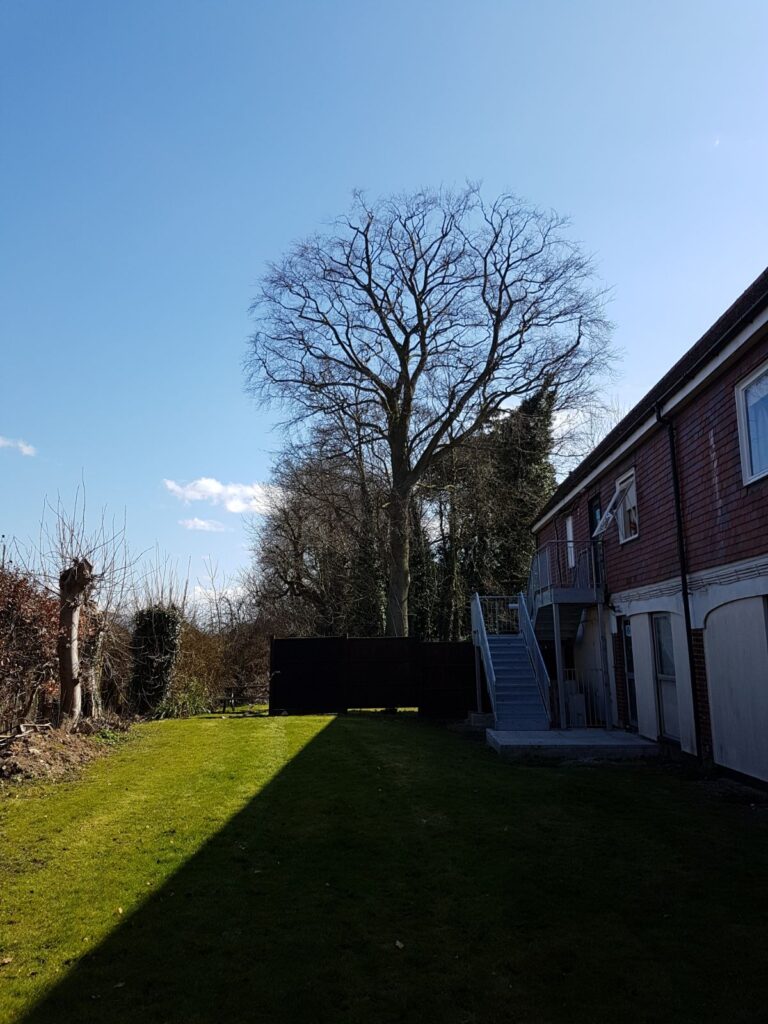

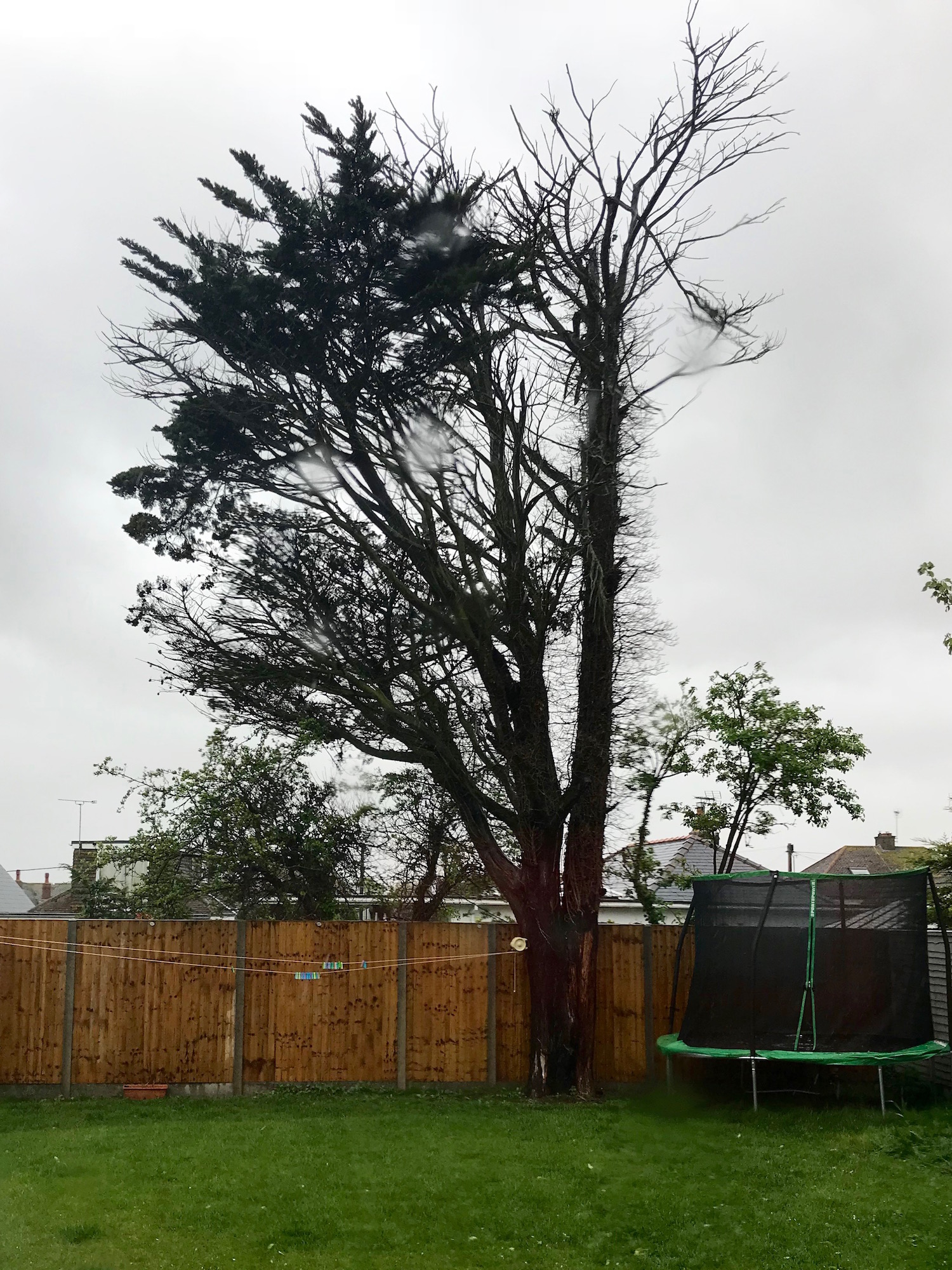

 This is my favourite one I think. Where we aim as a company to be is YELLOW high quality part of the triangle. We stray into the ORANGE section quite often too. This is where I think as professionals we should be, foolishly its also where I imagine my potential clients would like us to be.
This is my favourite one I think. Where we aim as a company to be is YELLOW high quality part of the triangle. We stray into the ORANGE section quite often too. This is where I think as professionals we should be, foolishly its also where I imagine my potential clients would like us to be.

